Top Tips for DIY T-Shirt Printing
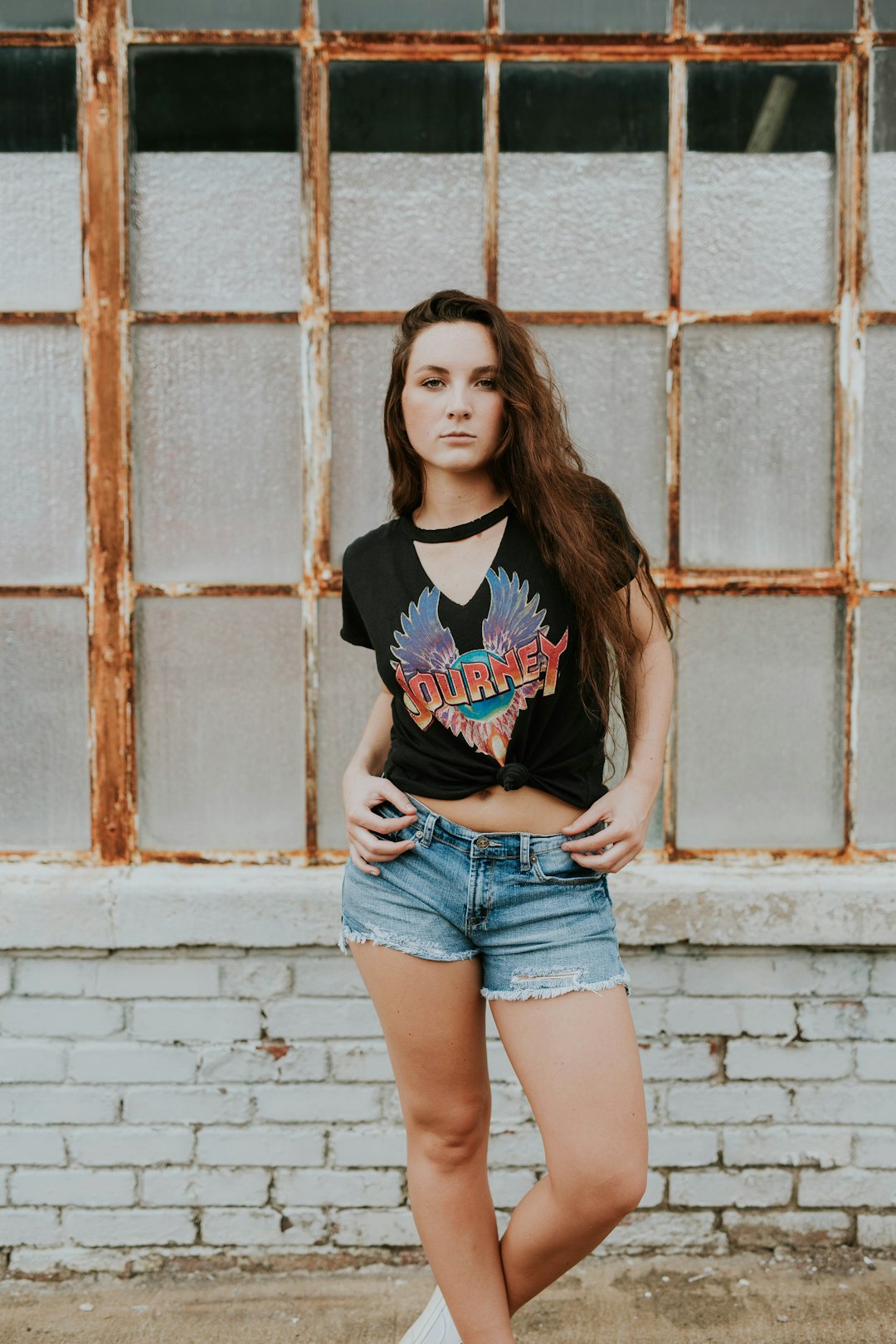
by Brooke Cagle (https://unsplash.com/@brookecagle)
Are you looking to add a personal touch to your wardrobe or create unique gifts for friends and family? Look no further than DIY t-shirt printing. With the right tools and techniques, you can easily create custom shirts that are both affordable and stylish. Not only is this a fun activity to do in your spare time, but it also allows you to craft messages and images that are tailored specifically to your taste or the preferences of your loved ones.
In this article, we will provide you with the top tips for DIY t-shirt printing, so you can get started on your own personalized t-shirt creations. Whether you're a beginner or have some experience, these tips will help you refine your technique and produce high-quality results that you'll be proud to wear or give away.
Why DIY T-Shirt Printing?
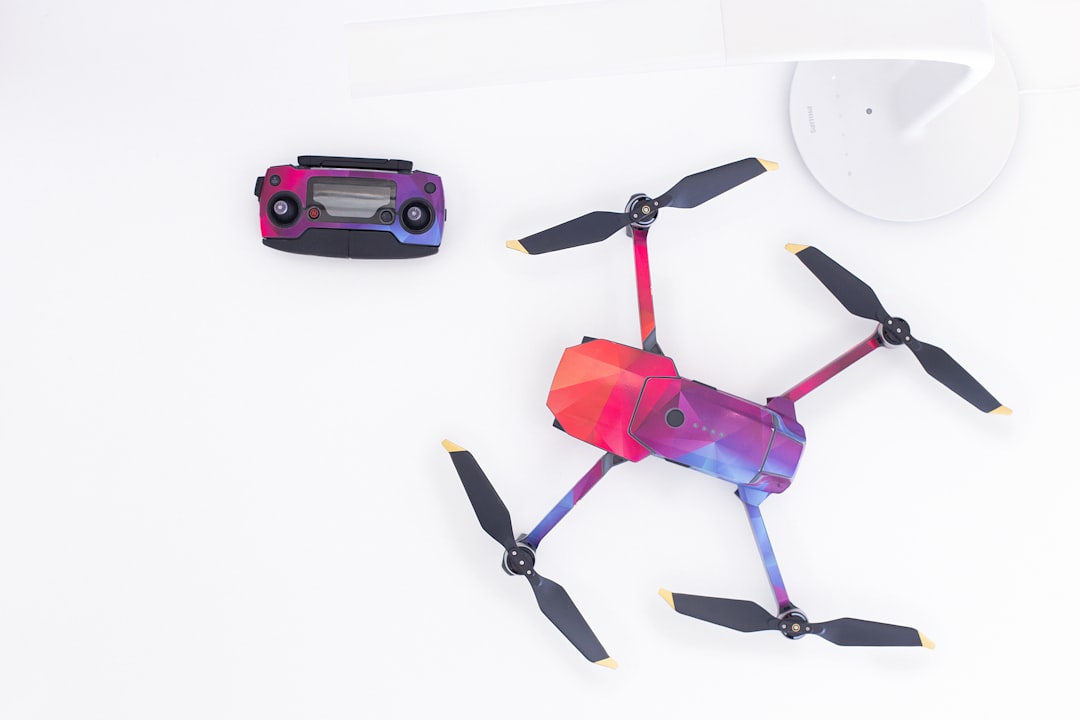
by Nikolai Chernichenko (https://unsplash.com/@perfectcoding)
Custom t-shirts have become increasingly popular in recent years, as people look for unique ways to express themselves and their personal style. DIY t-shirt printing allows you to take full control of the design process and create one-of-a-kind shirts that cannot be found anywhere else. This personalized approach to fashion not only sets you apart from others but also gives you the satisfaction of wearing something you've created with your own hands.
In addition to creating personalized t-shirts for yourself, DIY t-shirt printing is also a great way to make customized gifts for friends and family. Whether it's for a birthday, holiday, or special occasion, a custom t-shirt is a thoughtful and unique gift that is sure to be appreciated. It's also an excellent option for creating merchandise for events, bands, or small businesses, adding a professional touch without the high costs of outsourcing the printing job.
Tip #1: Choose the Right Fabric
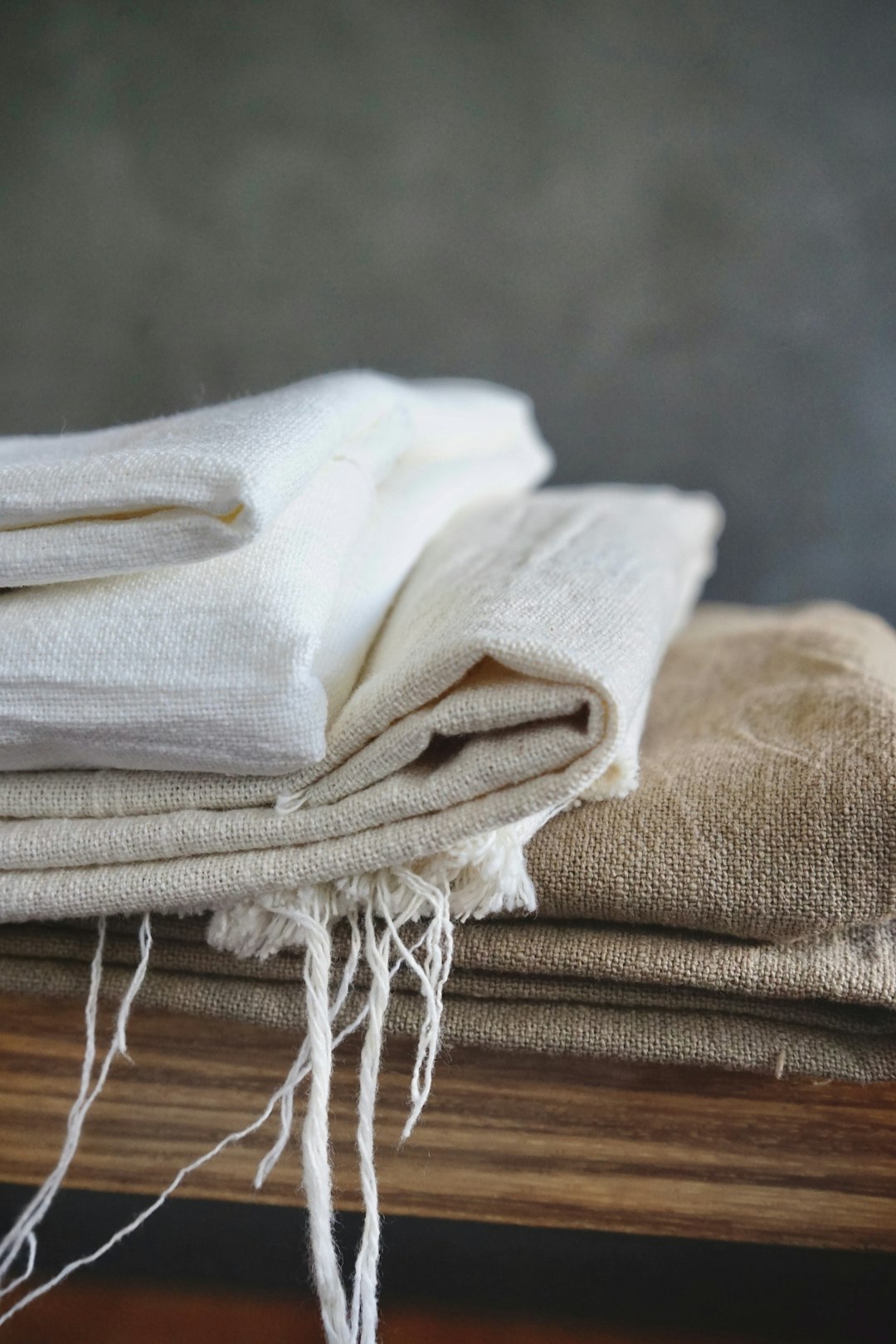
by Maite Oñate (https://unsplash.com/@maiteonate)
When it comes to t-shirt printing, the type of fabric you choose can make a big difference in the final result. It's important to select a fabric that is suitable for printing and will hold the design well. The right fabric will not only affect the quality of the print but also the comfort and durability of the shirt itself.
Cotton is the most commonly used fabric for t-shirts and is known for its softness and breathability. It is also a great fabric for printing as it holds ink well and produces vibrant colors. However, keep in mind that 100% cotton shirts may shrink in the wash, so be sure to choose a size that allows for a bit of shrinkage. Preshrunk cotton is another option to consider as it minimizes shrinkage after washing and maintains the quality of your print.
Polyester is another popular fabric for t-shirts, as it is durable and resistant to shrinking and wrinkles. However, it is not as breathable as cotton and may not hold ink as well, resulting in a less vibrant design. If you're looking for a compromise between cotton and polyester, consider a blend of the two, which can offer the benefits of both materials.
Ultimately, the best fabric for your DIY t-shirt printing will depend on your personal preferences and the type of design you want to create. Keep in mind the occasion for which the shirt will be used, as well as the printing method you plan to employ, as these factors may influence your choice of fabric.
Tip #2: Get the Right Tools
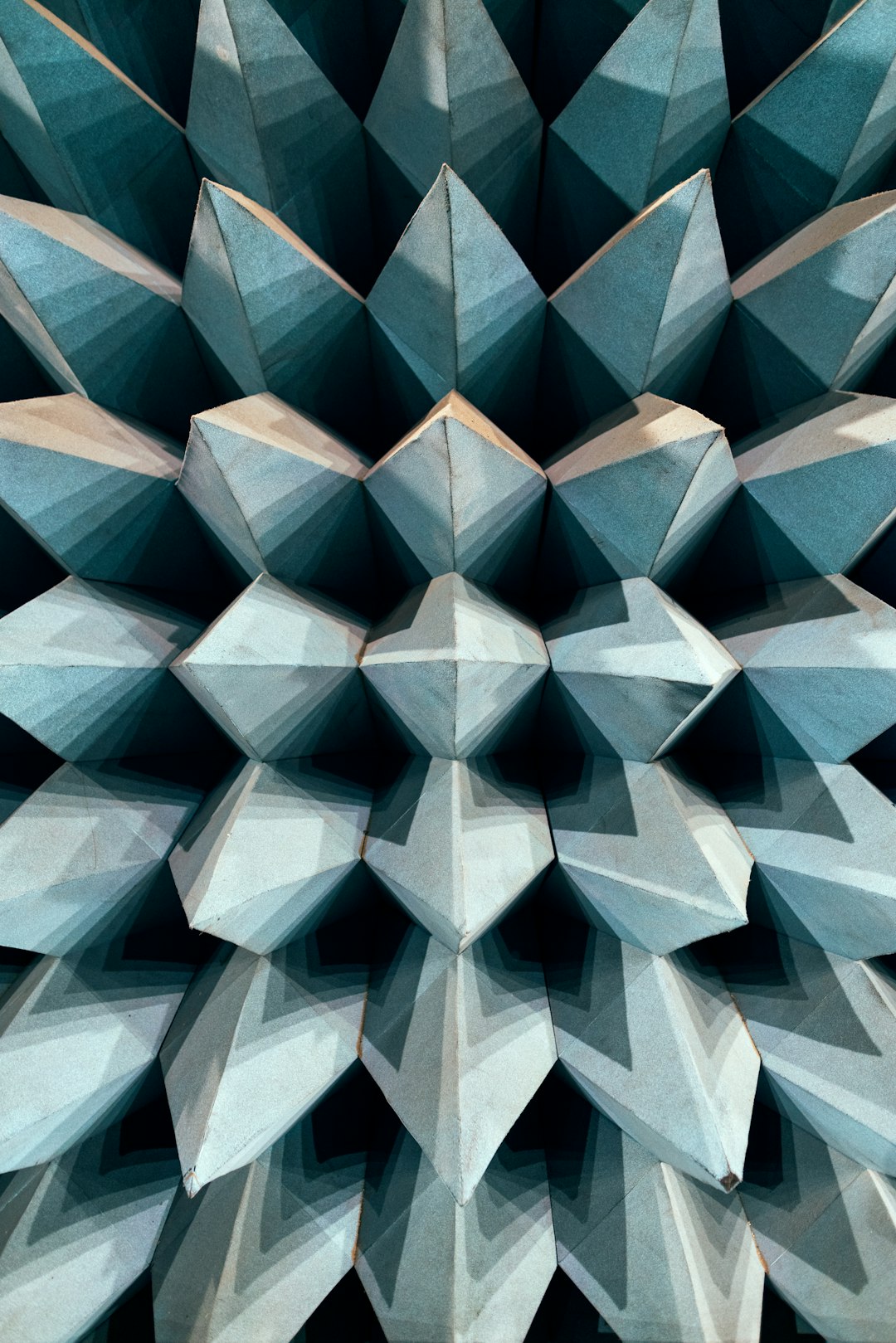
by ThisisEngineering (https://unsplash.com/@thisisengineering)
Before you get started on your DIY t-shirt printing journey, make sure you have the right tools on hand. Here are some of the essential items you will need:
- T-shirt transfer paper: This special paper is designed for use with inkjet printers and allows you to transfer your design onto the t-shirt.
- Inkjet printer: You will need an inkjet printer to print your design onto the transfer paper. Make sure your printer is capable of handling the thickness and type of transfer paper you've chosen.
- Iron or heat press: These tools are used to transfer the design from the paper to the t-shirt. A heat press is recommended for best results, but an iron can also work in a pinch. A heat press provides consistent temperature and pressure, which can be critical for a successful transfer.
- Scissors: You will need scissors to cut out your design from the transfer paper. A precision cutting tool or a craft knife can also be useful for more intricate designs.
- T-shirts: Of course, you will also need the t-shirts you want to print on. It's a good idea to wash and dry the t-shirts before printing to remove any chemicals or residue that may interfere with the transfer process. Pre-washing also reduces the risk of shrinkage after the design has been applied.
Additionally, consider getting a silicone pad or a Teflon sheet to protect your designs during the heat transfer process. These materials can help distribute heat evenly and prevent scorching or sticking, ensuring a smoother finish on your printed shirts.
Tip #3: Use High-Quality Images

by Riccardo Pelati (https://unsplash.com/@craig000)
When designing your custom t-shirt, it's important to use high-quality images that will result in a clear and crisp print. If you are using your own images, make sure they are high resolution and have a minimum of 300 dpi (dots per inch). This will ensure that the details of your design are sharp and not lost during the printing process.
If you are using images from the internet, be sure to choose ones that are labeled for commercial use and are of good quality. Low-quality images will result in a blurry or pixelated design, which can be disappointing after all your hard work. Additionally, ensure that you have the proper rights or permissions to use any artwork or photography that is not your own to avoid any legal issues.
Consider using vector graphics if you are creating designs with text or simple shapes. Vector images can be scaled without losing quality, making them ideal for printing on t-shirts. Programs like Adobe Illustrator or free alternatives such as Inkscape can help you create vector designs that are perfect for DIY t-shirt printing.
Tip #4: Test Your Design Before Printing
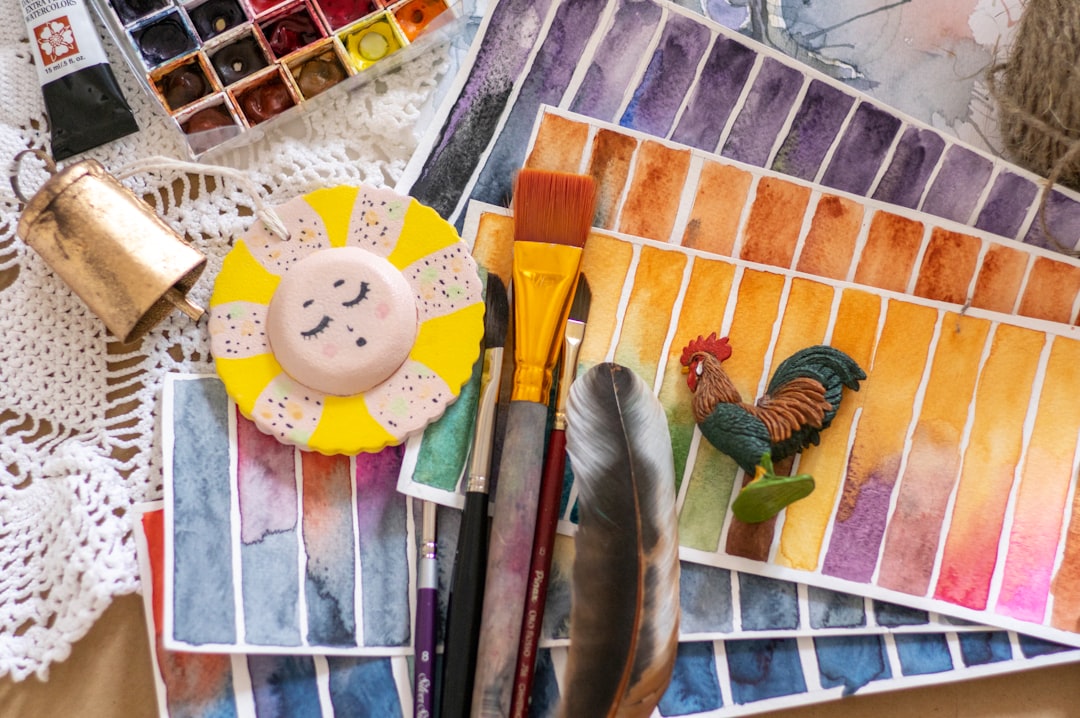
by Elena Mozhvilo (https://unsplash.com/@miracleday)
Before printing your design onto the transfer paper, it's a good idea to do a test print on regular paper. This will allow you to make any necessary adjustments to the design, such as resizing or repositioning, before using the transfer paper. It's much cheaper to make mistakes on regular paper than on specialized transfer paper.
It's also a good idea to print a test on a piece of scrap fabric to ensure that the colors and design look the way you want them to. This will also give you a chance to practice using the iron or heat press before working on the actual t-shirt. You can even experiment with different temperature settings and pressing times to find the best combination for your particular fabric and design.
By testing your design, you can also get a feel for how the colors will look once transferred to fabric, which may appear different from what you see on your computer screen. If necessary, you can adjust the saturation, contrast, or brightness of your design to achieve the desired result on the t-shirt.
Tip #5: Follow the Instructions Carefully

by Eileen Wong (https://unsplash.com/@ewong)
When it comes to transferring your design onto the t-shirt, it's important to follow the instructions provided by the transfer paper manufacturer. Each brand may have slightly different instructions, so it's important to read and follow them carefully for best results. Failure to adhere to these guidelines could result in poor quality prints or even damage to your t-shirt.
In general, you will need to use a hot iron or heat press to transfer the design from the paper onto the t-shirt. Be sure to apply even pressure and follow the recommended time and temperature for the best results. If you're using an iron, make sure it does not have any water in it, as steam can interfere with the transfer process.
Remember to place a piece of cardboard or a thick piece of paper inside the t-shirt to prevent the design from bleeding through to the other side. After applying the design, let it cool for the recommended time before peeling off the backing paper. This will help ensure that the design adheres properly to the fabric.
Tip #6: Be Creative and Have Fun!
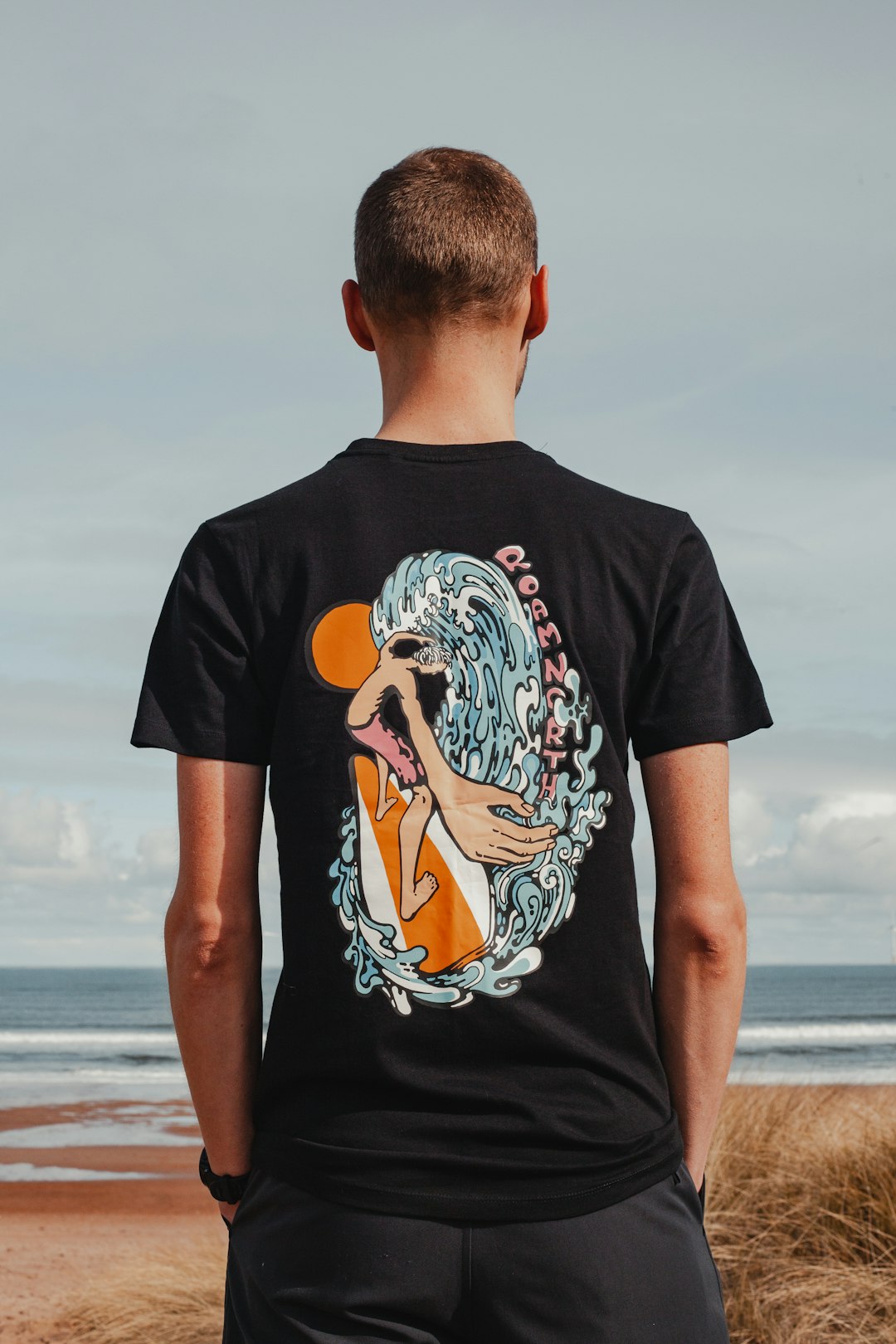
by Laura Kennedy (https://unsplash.com/@roamnorthco)
One of the best things about DIY t-shirt printing is that the possibilities are endless. You can let your creativity run wild and create unique designs that reflect your personal style and interests. Experiment with different color combinations, fonts, and layout options to make your t-shirt stand out.
Whether you want to use photos, illustrations, or hand-drawn designs, the choice is yours. Don't be afraid to experiment and have fun with your designs, as this is what makes DIY t-shirt printing so enjoyable. Try layering images, mixing media, or adding text to create a truly personalized piece.
You can also use stencils or freehand techniques if you're comfortable with painting or drawing directly on the fabric. Fabric markers and paints open up even more possibilities for customizing your shirts, allowing for more artistic and handcrafted finishes.
Conclusion
DIY t-shirt printing is a fun and affordable way to create custom shirts for yourself or as gifts for others. With the right tools, techniques, and creativity, you can easily design and print unique t-shirts that will be sure to impress.
Remember to choose the right fabric, use high-quality images, test your design before printing, and follow the instructions carefully for the best results. And most importantly, have fun and let your creativity shine through in your designs. Happy printing!
Greatwoodboutique is one of the best online personal t-shirt printing store.
We use brand of Bella canvas and Laviva.
- Soft Style
- Solid color: 100% Airlume combed and ring-spun cotton
- Heather Colors: 52% Airlume Combed and ring-spun cotton, 48% polyester
- Heather Sport colors: 60/40 polyester/cotton
- 100% No Sweatshops & Eco-Friendly Production
You can look our t-shirts! Please, visit our website.

